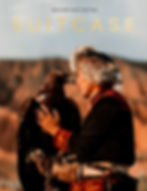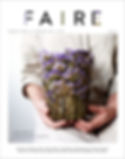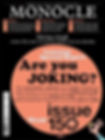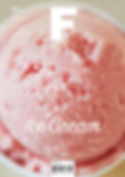Nomad
In our 10th issue, we focus on ‘Nature’-from matters of ethics to matters of innovation. We asked ourselves what dimensions we need to look beyond in order to understand nature; how human beings can resume their position as part of the organism that is nature, instead of playing the role of its disruptive factor; and what we can learn from nature in order to preserve our existence as a species. Prof. Michael Braungart, inventor of the cradle-to-cradle principle, says that today’s generation sees the environment as an issue of innovation. Felix Austen reflects on climate change and looks at the knowledge between what we know and what we don’t know yet. Read how Dutch artist and designer Christien Meindertsma uses artistic processes as a basis for developing new strategies to improve areas such as textile recycling. Or get to know Sep Verboom, a Belgian designer who works with traditional craftspeople, village communities and social cooperatives in countries including Brazil, Indonesia and the Philippines. Laura Luchtman and Ilfa Siebenhaar have developed a method of dyeing textiles using bacteria, thus eliminating the use of chemicals and cutting water consumption by around 90 per cent from its usual levels in the industry today. New York-based Architect David Benjamin uses mycelium cultures, bacteria, luffa sponges and biowaste to create the biotecture of tomorrow in his multidisciplinary studio, ‘The Living’. And Munich designer Stefan Diez recognises the need for classic product design to reinvent itself. He is increasingly aligning his work to his self-created code of 10 Circular Design Guidelines. Lidewij Edelkoort, one of the greatest trend forecasters, speaks about timing of the really big shifts in the way we work and live, and how nature can help us.





















